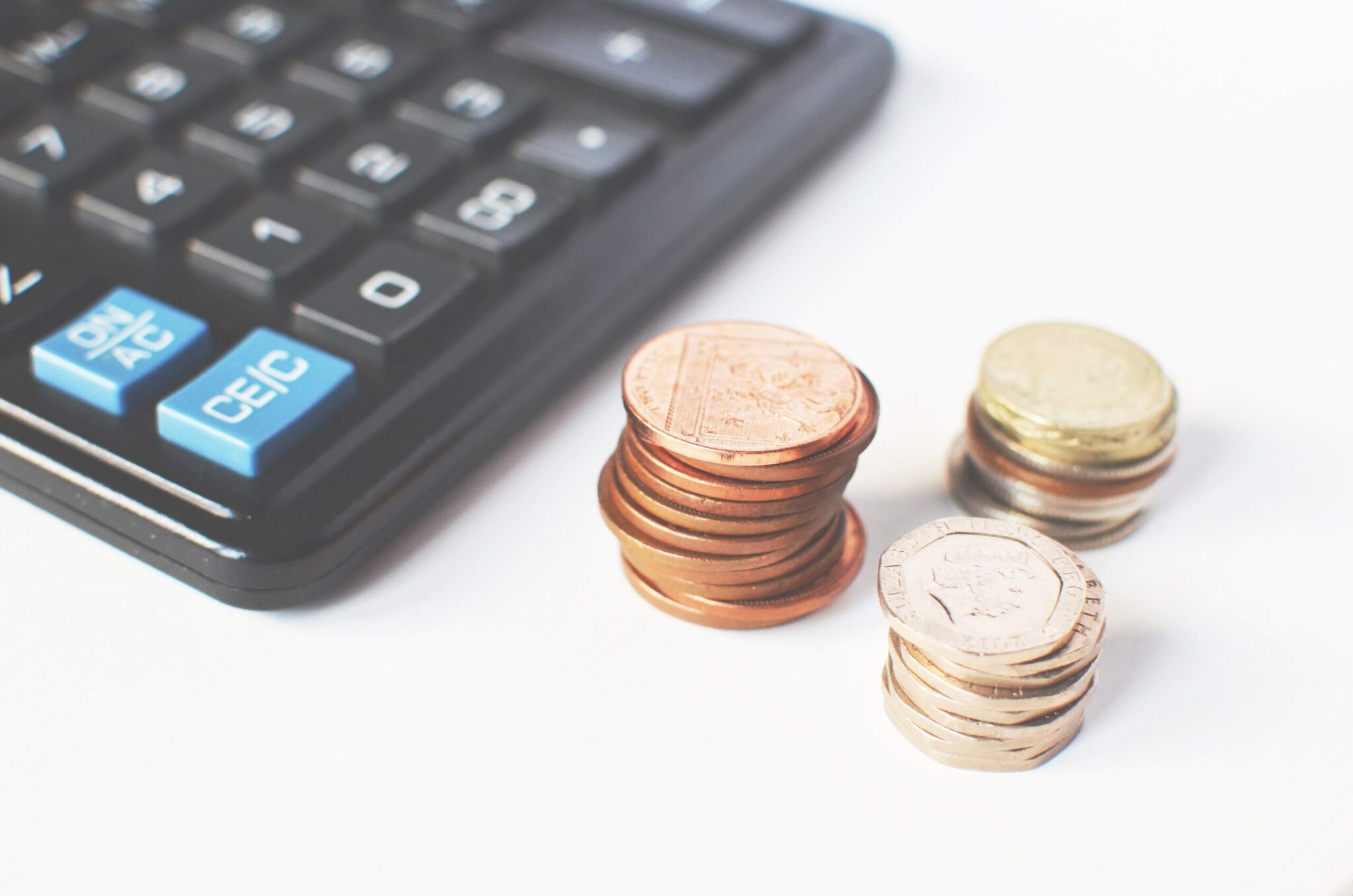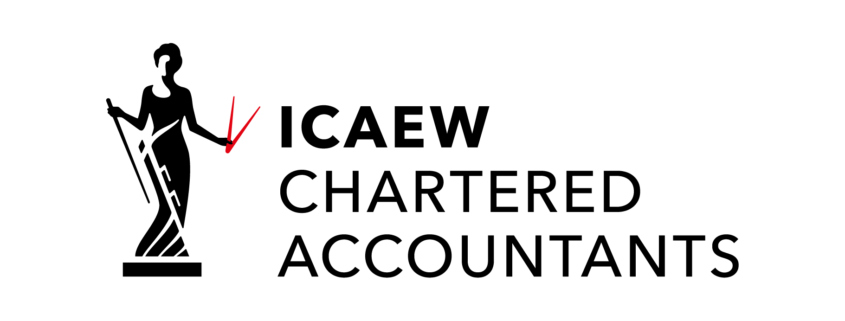Summary. Thomas Nock Martin’s blog explains VAT partial exemption, crucial for UK businesses making both taxable and exempt supplies. It details eligibility, reclaiming VAT rules, and introduces the ‘de minimis’ rule and special methods for calculating reclaimable VAT. The blog emphasizes professional advice for navigating this complex area.
VAT partial exemption is one of the most difficult aspects of the VAT system and more often than not, requires an accountant that knows VAT schemes (in the) UK inside out. A business is partly exempt if it makes, or intends to make, both taxable and exempt supplies and incurs tax on costs, which relate to both.
If your business is partially exempt, you may not be able to recover all your input tax. You will have to use a partial exemption method to work out how much input tax you can recover. But what VAT scheme for small businesses saves the most money? When can you use a “special method” to lower your VAT bill? And what does “de minimis” mean when it comes to business tax? Read on to discover tax saving tips for a small business in the UK.
VAT partial exemption – recognising if you are exempt
So how do you know if your business is eligible for VAT partial exemption? Let’s say you own a dentist surgery. Your main revenue stream is dental services, which are exempt from VAT. However, you also sell toothbrushes and other oral hygiene products, which are taxable sales. This makes you a partially exempt business.
The basic concept of VAT partial exemption is:
- You can reclaim VAT on purchases that have a direct and immediate link to a taxable sale.
- You cannot reclaim VAT on purchases that have a direct and immediate link to an exempt sale.
- You can reclaim VAT on purchases that cannot be attributed to either a taxable or exempt (overhead VAT) sale based on the ratio of the value of your taxable and exempt sales.
You can start to understand why professional advice is often sought in this complex area of VAT partial exemption.
Using the dental surgery example, you can reclaim VAT incurred on the purchase of dental products for resale, but you can’t reclaim VAT incurred on the purchase of equipment for providing dental services. The VAT incurred on the electricity supplied to the surgery, can’t be attributed to either the taxable or exempt sales, in this instance a portion of this VAT can be recovered; it is calculated based on the ratio of the value of the taxable and exempt sales.
De minimis
It’s worth noting that where the amount of VAT paid on costs linked to exempt supplies is small or proportionately small compared to the overall total, the “de minimis” rule may allow you to reclaim all the VAT on costs even though some of it relates to your exempt supplies. To fall under the de-minimis limits the exempt input tax must be both:
- Below £7,500 per year, or £1,875 per quarter or £625 per month; and
- below 50% of the total input tax.
If the amount of input tax is beneath both of the above the de-minimis limits it is recoverable in full, if it exceeds the de-minimis limits it is wholly irrecoverable.
What is a special method?
There is also an option to propose a special method of calculating how much input VAT you can reclaim if your business is partially exempt, but HMRC must agree to this. For HMRC to agree to the special method the calculation must produce a fair and reasonable result that is equally or more fair and reasonable than the standard method. HMRC won’t approve the method otherwise.
How much VAT can you reclaim?
The proportion of VAT you can reclaim on general costs is worked out using HMRC’s standard method unless HMRC agrees to a proposed special method. In order to calculate how much VAT you can claim via the standard method you have to compare the value of your VATable sales with the exempt sales and limit the VAT you reclaim in proportion to the VATable fraction.
Methods of apportionment
The standard method of splitting the pot is based on turnover. The recoverable amount is the percentage of taxable sales as a proportion of total sales whilst the exempt amount is the percentage of exempt sales as a proportion of total sales. This will generally give you a reasonable approximation of how overheads have been used between taxable and exempt sales. This does not require an agreement from HMRC. It is usually possible to round up the percentage recovery rate to the next whole number, provided residual input tax does not exceed £400,000 per month on average.
Contact us today
If you would like advice on VAT partial exemption, or more information on VAT schemes in the UK then get in touch today. Call 01384 261300. Our experienced accountants will be happy to help and can make reclaiming VAT (even partial exemption) a simple and smooth process.
If you have found this blog helpful, you may wish to read our previous blog on Employment Allowance.



